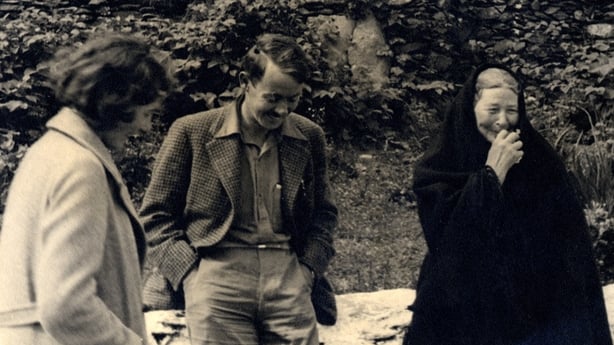Danny Healy-Rae is blaming fairyforts for a dip in the road in County Kerry and whether you believe it or not is besides the point. Irish folklore is some of the richest in the world, and here are the best places to find out more about our habits, superstitions and traditions.
Did you know red-haired women were a sign of bad luck for fishermen?
Do you know a Síofra? It's a gorgeous name but means 'changeling' i.e what fairies replaced babies with when they took them...
Have you considered any placename with the word "Lios" makes reference to a fairyfort? And, as we all know, they are not be messed with.

You can find out some of the zaniest parts of our native folklore in the following places;
This Doc on One: Fairy Faith and Folk talks about fairies as "supernatural beings who hover about the world in a harmless way - unless you disturb them"
Béaloideas Beo- A TG4 show described as "a series exploring beliefs and customs associated with birth, death, marriage and more" hosted by Seán Mac an tSíthigh looks at a huge range of topics, from Halloween to death. It asks are we superstitious, how do we protect ourselves from bad luck? Where do our beliefs and customs come from, are they ours alone? This week we examine how we deal with death.
Tune in to Blúiríní Béaloidis (Folklore Fragments) a podcast series by the National Folklore Collection covering topics from "The Moon in Folk Tradition" to "Harvest Customs in Irish Tradition"
Dúchas.ie is a project to digitize the National Folklore Collection of Ireland, one of the largest folklore collections in the world. You can look up almost anything and find handwritten notes on local lore as Gaeilge and in English.
A particular favourite of mine is the cure for the whooping cough: "Get a hair out of the head of a child whose father died before it was born and put a small rib of it on to a piece of bread and jam and give it to a child to eat. That child will never take the whooping cough." from Seosamh Naomhtha, Ballyshannon, Co. Donegal







